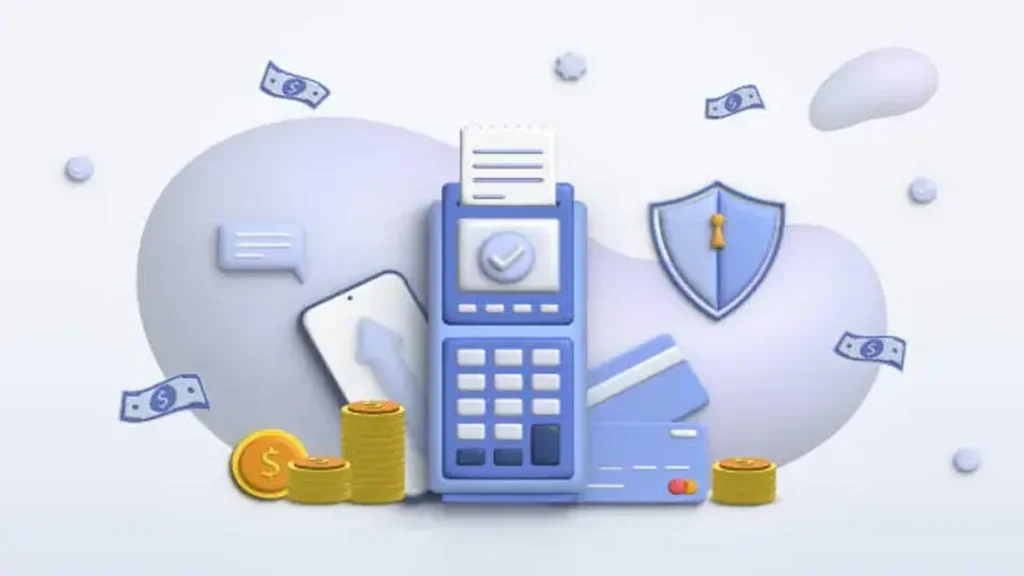If you run an online business, you know that checkout is where the deal either happens or falls apart. Too many steps, a failed card or a slow gateway and your customer will leave. That is where payment orchestration comes in.
It is a single software layer that helps you manage multiple payment providers, routing rules and security checks so that more of your customers complete their purchases. It abstracts the complexity and gives you control over the whole payment journey.
What is Payment Orchestration and What Does it Actually Do for You?
Think of payment orchestration as an operating system for payments. When a customer pays, the orchestration layer decides the best way to process that transaction. It looks at real-time data such as success rates, fees, fraud signals and regional rules.
Then it routes the payment to the most appropriate processor. This reduces failures, cuts costs and speeds up checkout for your customers. It also brings all reports and records together in one place. It helps your team manage retries, refunds and performance from a single dashboard.
How Payment Orchestration Improves Your Checkout Efficiency?
Here is how payment orchestration can help you:
1. Higher success rates through intelligent routing
Payment orchestration relies on a single gateway. It lets you connect to many. If one provider fails, the system automatically retries through another. You can also set rules that prefer lower-cost routes for small transactions and higher-authority routes for large ones. This dynamic routing materially uplifts authorisation rates and reduces false declines.
2. Smoother authentication and less friction
Modern orchestration platforms manage adaptive 3DS, decoupled authentication and other flows that meet regional rules. They ensure compliance with regulations and maintain a smooth customer experience. That means fewer abandoned checkouts and fewer frustrated customers when extra verification is needed.
3. Better fraud control without blocking legitimate buyers
Orchestration lets you combine fraud signals, tokenisation and intelligent routing. So, you can accept more genuine payments while catching risky ones. Token vaults and network tokens keep your card details safe and make it easier to store cards securely for subscription payments.
4. Lower operational cost and faster launches
You no longer need an engineer to integrate each new acquirer or paytech. A single integration to an orchestration layer gives you access to many providers and local payment methods. That speeds up time to market in new countries and lowers your engineering overhead.
How to Use Rules to Improve Checkout Performance?
One of the most useful parts of orchestration is the ability to create business rules. You can ask the system to route transactions by:
- Geography or currency
- Customer lifetime value
- Success rate history for each PSP and payment method
- Transaction amount vs fee trade-off
These rules let you balance acceptance and cost in a way that fits your business. You can set fallback logic to try a second processor automatically if the first attempt fails. Over time, you refine rules using the data the payment orchestration layer provides. That makes improvements measurable and repeatable.
Subscriptions and Recurring Payments: How Payment Orchestration Reduces Payment Failures
If you run subscriptions, failed card payments cost you recurring revenue. Payment orchestration helps by intelligently retrying failed charges, updating card-on-file details when networks provide them and choosing the best processor for a retry.
Those capabilities can recover revenue that would otherwise be lost due to expired or declined cards. This is especially valuable when your business relies on predictable monthly income.
Effortless Security and Compliance
Handling card data and staying PCI compliant is a burden on any business. Using token vaults and network tokenisation keeps sensitive data out of your systems. The orchestration layer also helps you meet regional authentication and data rules without adding complexity to your own infrastructure. That means you can focus on building products and serving customers, not on running compliance projects.
Build or Buy: Making The Right Choice for You
Some businesses choose to build their own payment orchestration system or they choose to work with a provider:
Build in-house:
- Gives you full control over your orchestration system
- Best suited if you need deep customisation and have strong engineering resources
Building also lets you customise the experience to fit your business perfectly, but it needs time and regular maintenance.
Buy from a provider:
- Offers a ready-to-use orchestration layer with faster setup
- Ideal if you need quick deployment and wide integration options
Buying from a trusted provider gives you a reliable system, expert support, and faster business growth.
What to Look for When You Evaluate Payment Orchestration?
- It should allow you to easily connect local payment methods for the markets you want to serve.
- It must support both rule-based and predictive routing to improve transaction success.
- It should include tokenisation and a secure vault to protect card data.
- It needs to offer centralised reconciliation and simple reporting for your operations team.
The provider should be transparent about its performance and integrations. They should give you the option to self-host if needed.
Summing Up
If you want more customers to complete checkout, reduce involuntary churn and give your payments team a single place to operate from, payment orchestration is worth exploring. It is not a silver bullet, but it is a practical way to lift conversion, reduce cost and simplify operations. It helps you when you grow into new regions or handle subscriptions.
It is about making every payment count. You only need less effort, less failure and more control. Payment orchestration gives your business that edge where convenience meets reliability.

